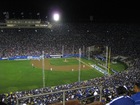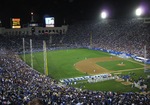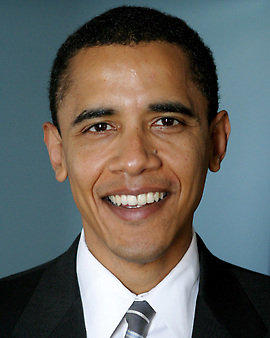“The world’s most dangerous golf course.”
/AP's Bradley Brooks writes about the actual Green Zone golf course (as opposed to the proposed one). Thanks to reader Jim for the story of Crossed Swords Golf Course, which Brooks writes "is closed in by 15-foot concrete blast walls and watched over by humorless Gurkha guards from Nepal."
Our tee time was 5 p.m. The day had cooled to about 109 degrees.
The first challenge was getting by the Gurkha guards. Despite gaining access a few times before, on this particular day our security badges were deemed insufficient. After 45 minutes of explaining, pleading and miming a golf swing— the guards had little command of English—a British officer took pity and got us to the first tee at what must be one of the quirkiest courses in the world.
It has competition, though. Several years after the fall of the Taliban in Afghanistan in 2001, the Kabul Golf Club was cleared of landmines and reopened. Near the DMZ separating the Korean peninsula, the single, 192-yard hole at U.S. Camp Bonifas playfully billed itself as “the world’s most dangerous golf course.”
In the Green Zone, there is so little grass on the course golfers must carry their own: swatches of artificial turf for all shots except putts.
“I guess we’ll always hit the fairway, right?” Petr quipped as we made our way to the first tee, fake grass in hand.





















